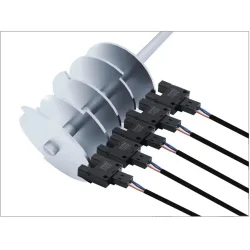2024-01-08
Fiber optic sensor is a kind of sensor that transforms the state of the measured object into a measurable light signal, which can adapt to a variety of harsh meteorological environments and can be transmitted over long distances without additional power supply. The following are four common fiber optic sensors and selection basis of the relevant content.
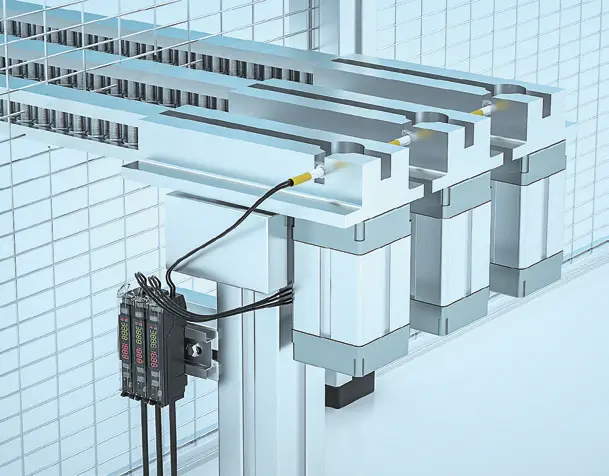
(1) fiber optic gyro
Fiber optic gyro can be divided into interference type, resonant type and Brillouin type according to the principle, is a representative of three generations of fiber optic gyro. the beginning of the 21st century, the first generation of interference fiber optic gyro technology is mature, suitable for mass production and commercialization. The second generation resonant fiber optic gyro is still in the stage of laboratory research to practical development. The third generation Brillouin type is still in the theoretical research stage.
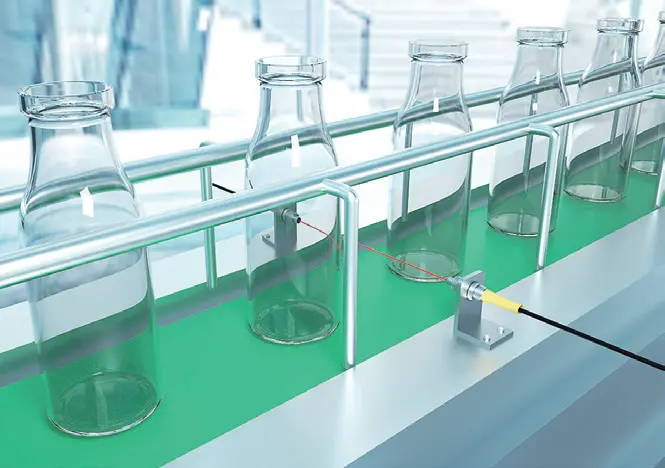
According to the optical components used, there are three ways to realize the fiber optic gyro structure: small discrete component system, all fiber optic system and integrated optical component system. at the beginning of the 21st century, the technology of discrete optical components is basically withdrawn. The all-fiber system is used for low-precision, low-cost open-loop fiber optic gyros. Due to the simple process, good overall repeatability and low cost, the integrated optics gyro is very popular in high-precision fiber optic gyro, and is its main implementation method.
(2) Fiber Bragg grating sensor
Fiber Bragg grating sensor is one of the research hotspots in the field of fiber optic sensors at home and abroad. Traditional fiber optic sensors can be basically divided into two types: light intensity type and interference type. The disadvantages of light intensity sensors are unstable light source, fiber loss and easy aging of the detector. Interference sensors require the same light intensity of the two interfering light, so they need a fixed reference point, making the application inconvenient. fiber grating sensors developed at the beginning of the 21st century with fiber Bragg grating as the main fiber grating can avoid the above two situations, and their sensing signals are wavelength modulated, with a strong multiplexing capability. Fiber grating sensors are the most ideal sensitive elements in building health detection, impact detection, shape control and vibration damping detection. Fiber grating sensors are widely used in geodynamics, spacecraft, power industry and chemical sensors.
(3) Fiber optic current sensor
With the rapid development of the power industry, the capacity of the power transmission system is increasing, the operating voltage level is getting higher and higher, and the current is getting larger and larger, which is difficult to measure, which shows the advantages of fiber-optic current sensors. In the power system, the traditional sensors used to measure the current is based on electromagnetic induction, there are the following shortcomings: easy to explode or even cause catastrophic accidents; large fault current will cause magnetic saturation of the iron core; iron core resonance effect; slow frequency response; low measurement accuracy; signals are susceptible to interference; the volume and weight of the large, expensive, etc., it is difficult to meet the needs of the new generation of digital power grid development. At this time, fiber optic current sensors came into being and are widely used.
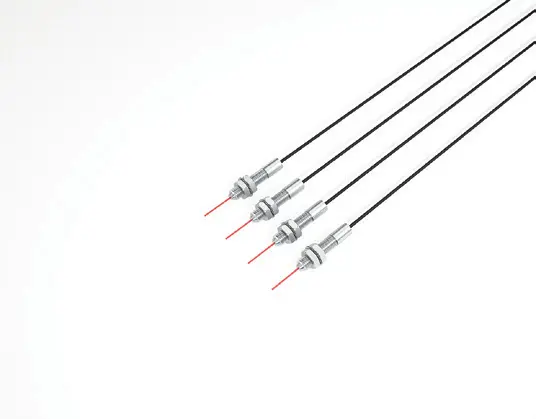
(4)Fiber optic hydrophone
Fiber optic hydrophone is mainly used for measuring underwater acoustic signals, through the high sensitivity fiber optic coherent detection of the hydroacoustic signal is converted into an optical signal, and transmitted to the signal processing system through the optical fiber for identification. Compared with the traditional hydrophone, fiber optic hydrophone has high sensitivity, wide response bandwidth, no electromagnetic interference and other characteristics. Widely used in military, oil exploration, environmental testing and other fields, has great potential for development.
Fiber optic hydrophone can be divided into interference type, intensity type, grating type and so on according to the principle. Interference fiber optic hydrophone key technology has been gradually developed and matured, in some areas of the formation of products. Fiber optic grating hydrophone is the hot spot of current research. The key technologies include light source, fiber optic equipment, probe technology, anti-polarization fading technology, anti-phase fading technology, signal processing technology, multiplexing technology and engineering technology.
Regarding the selection of fiber optic sensors, the type is mainly determined according to the measurement object and environment. The measurement work is carefully analyzed and consideration is given to which principle of sensor to use for the measurement, because even if the same physical quantity is measured, it can be realized by different principles. Next, the measurement range, volume (whether there is enough space), installation method, signal type (analog or digital signal), and measurement method (direct or indirect measurement) must be considered.
Accuracy of fiber optic sensors
The accuracy level of the sensor is related to the accuracy of the whole system, which is a very important parameter. Generally speaking, the higher the accuracy, the more expensive it is. Therefore, when choosing, we should consider the overall situation, and the one that suits you is the best, don't blindly pursue the so-called high precision, unless you need to quantitatively measure the precision value, then choose the sensor with higher precision grade.
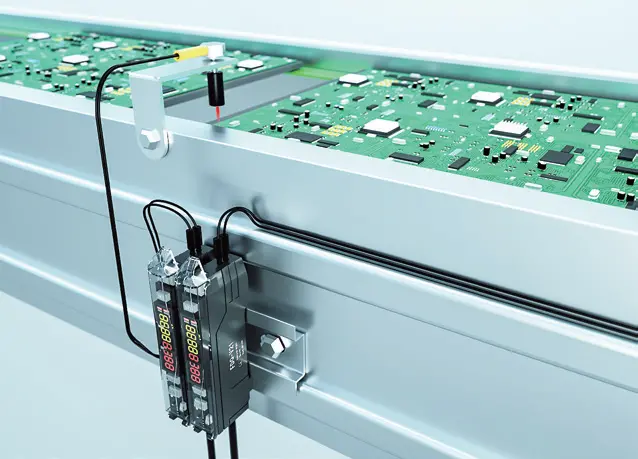
Selection of sensitivity
Sensitivity is the ratio of the output increment to the corresponding input increment. We must understand this parameter correctly, which is divided into two aspects:1. In the linear range, high sensitivity and large output signal value is an advantage.2. With high sensitivity, external noises unrelated to the measurement are easy to be mixed, which affects the accuracy of the processing.
Linear Range
Linear range is the range in which the output is proportional to the input, so we all hope that the wider the linear range, the better, the wider the linear range, the wider the range, the higher the accuracy. But the linear range of any sensor is relative. In order to stay within the linear range, we just need to estimate the measurement.
Frequency Response Characteristics
During measurement, there is always a delay in the output of the sensor, which is different from the actual value. Therefore, we would like to have a faster frequency response so that the delay time would be shorter. However, it is difficult to increase the frequency due to the structure and other characteristics.
Stability
Stability means that the performance can be maintained after a long period of use. In addition to its own reasons, the factors affecting stability are mainly environmental factors. Therefore, the selected sensor should have strong environmental adaptability and take protective measures when appropriate.
The difference between limit switch, photoelectric switch and proximity switch

